CCTV News:Today (May 28th), the launch mission of Shenzhou 16 manned spacecraft organized joint training in the whole region. At present, each system of the launch mission has completed the relevant functional inspection and made various preparations before launch.
At 8: 30 in the morning, under the unified dispatch of Beijing Flight Control Center, Jiuquan Satellite Launch Center, Xi ‘an Satellite TT&C Center, and the TT&C stations and ships of the mission implemented joint debugging and joint control, and comprehensively simulated various technical states and working processes during launch preparation, launch and flight.

Dai Xiangjun, Senior Engineer of Xi ‘an Satellite TT&C Center:Through today’s joint training in the whole region, we conducted a systematic joint debugging test of the center and its affiliated measurement and control stations, and verified the technical status of the software. At present, the participating equipment is in a stable state and the personnel are ready, waiting for the launch of the Shenzhou 16 manned spacecraft.
CCTV reporter Jassamyn Liu:Today’s joint training in the whole region is the last joint training with complete elements and the closest to the actual launch before the launch of Shenzhou 16. The end of joint training also marks that the rocket has entered the state of imminent launch.
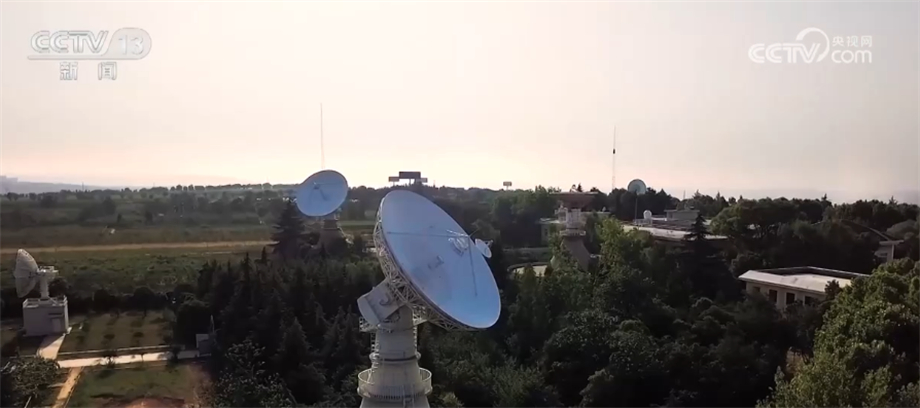
Since the Shenzhou-16 ship-rocket assembly was transferred to the launch area on the 22nd, it has completed the function inspection and matching inspection of the spacecraft and rocket, and organized a whole-system launch drill. At present, the facilities and equipment in the launch site are in good condition, and rocket propellant filling and launching will be carried out according to the procedures.
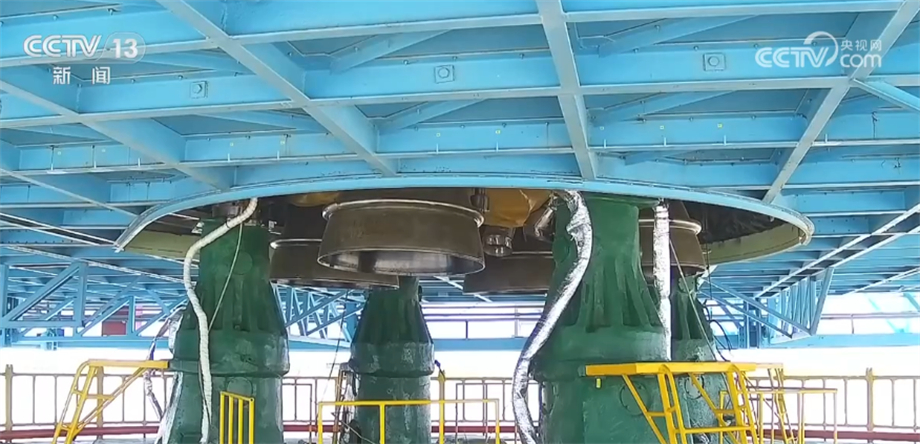
Liu Huibin, Secretary General of the Security Department of Jiuquan Satellite Launch Center:As the first manned mission in the new stage of the application and development of the space station, all the systems in our launch site have been carefully prepared, organized and implemented. The staff in each post are in good spirits and full of enthusiasm for participating in the test, and resolutely implement the requirements of being foolproof and successful, so that astronauts can fly safely and smoothly into space from us.
It is understood that after the three astronauts of Shenzhou 16 arrived at the launch site, they carried out appropriate sports activities, psychological relaxation and adjustment in the astronaut apartment, studied flight documents and launch plans, and successfully completed the whole system launch drill task.
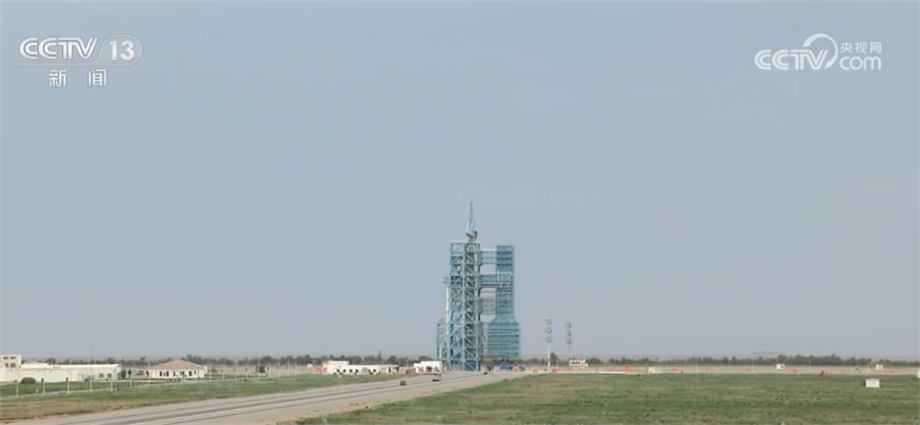
Huang Weifen, Researcher of China Astronaut Research and Training Center and Chief Designer of Astronaut System:At the same time, we also review the astronauts’ manual rendezvous and docking properly, as well as the related training such as putting on and taking off the spacesuit and retraining the operation. In short, the flight crew is fully prepared for the flight physically, psychologically and technically.

After the launch of Shenzhou 16 manned spacecraft, it will dock with the radial port of the core module of the space station to form a three-module Mifune assembly. At present, the space station assembly is running stably, and the crew of Shenzhou 15 astronauts is ready to meet Shenzhou 16, which will be the second space rendezvous of China Space Station.
Jiuquan Satellite Launch Center: Digital Intelligence Empowers the Launch Site with Intelligent Wings.
At present, it is the key node for the Shenzhou 16 crew to go out on standby and the Shenzhou 15 crew to look forward to returning. Jiuquan Satellite Launch Center widely uses big data and Internet of Things technology to improve the informationization level of the launch site and resolve the contradiction between the current high-density, normal tasks and limited human resources allocation. Next, let’s walk into the most intelligent brain in the launch site — — Learn about the number intelligence center.
CCTV reporter Wang Xiaokun:As we have just seen in the emergency drill, if there is any abnormal fluctuation in thousands of sets of equipment at the launch site, the corresponding warning information will be displayed here. The red flashing on the screen means that the equipment is operating abnormally, while the green color means that everything is normal. The Digital Intelligence Center, like the intelligent brain of the launch site, can gather and analyze the information content such as temperature, humidity, cleanliness and the working situation of the personnel in the rocket closed area, so that the overall situation of the launch site can be seen at a glance.
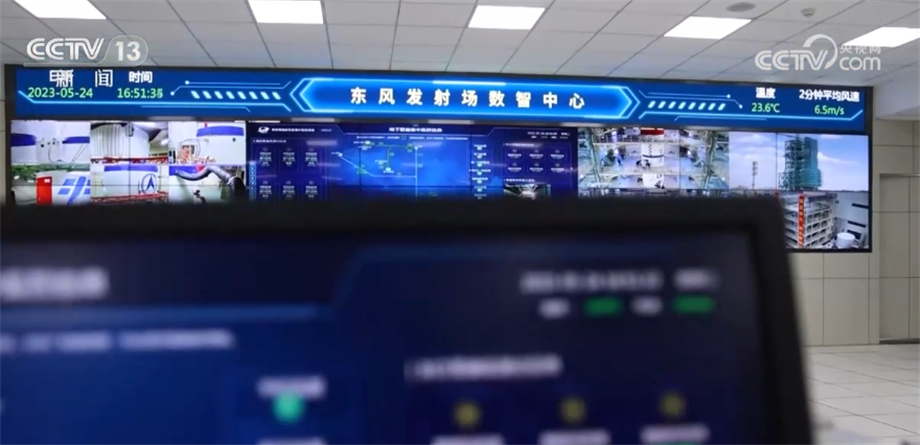
Manned space engineering has many systems, many interfaces and many states, which consumes a lot of manpower and material resources in the traditional way and cannot complete the work with high quality. In recent years, the center has focused on improving the carrying capacity of the launch site, with the main goal of "improving quality, reducing staff and increasing efficiency". Hundreds of sensors have been arranged on the launch tower to collect the running status of the equipment on the tower in real time and send it back to the Digital Intelligence Center, which truly realizes the information, intelligence and visual management mode.
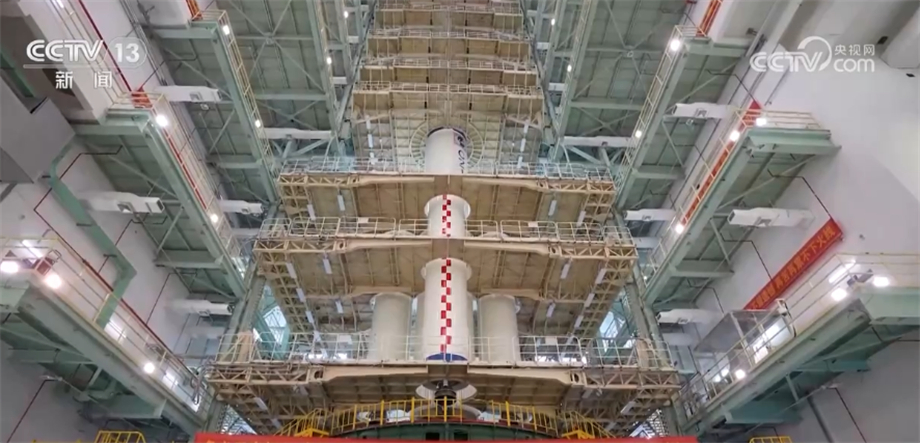
Hu Yanhua, Chief Information Assurance Responsibility Officer of Jiuquan Satellite Launch Center:In the past, the launch site had to invest a lot of manpower and material resources, such as air conditioning and power distribution, which required about 10 people and worked in three shifts 24 hours a day. In recent years, the Internet of Things and big data technology are used to monitor, identify and analyze parameters, and only two or three people are on duty. Once an abnormal situation is found, it will automatically report to the police and notify relevant professionals to go to the scene for disposal, which greatly improves efficiency and reduces labor consumption.
In addition to monitoring the information data of tower facilities and equipment, the Digital Intelligence Center is also responsible for air conditioning, gas supply, fire fighting, communication, power distribution monitoring and other functions of the ground handling system, and provides key information such as the overall situation of the mission, on-site images, test launch process and comprehensive support evaluation for space launch organization and command.
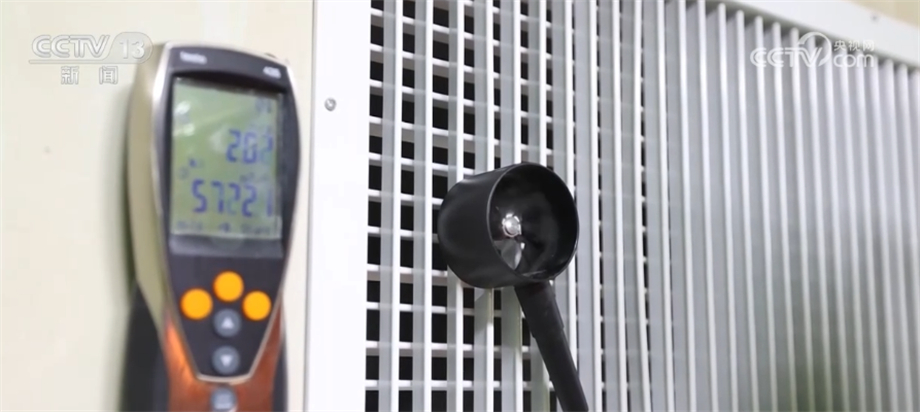
Since 2012, after years of continuous investment, the centralized monitoring system has basically covered the remote online monitoring of more than 200 sets of facilities and equipment in more than 10 specialties at the launch site. Relying on the information center to achieve 24-hour monitoring duty, the reduction of duty force at the launch site and the improvement of emergency capability have achieved remarkable results.
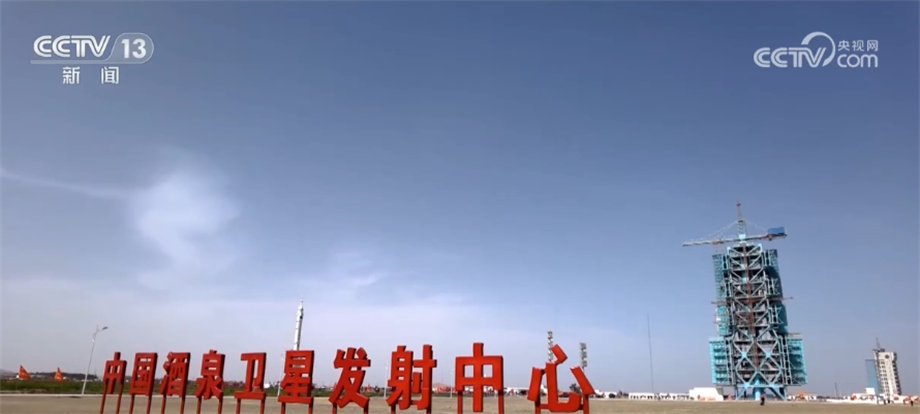
Hu Yonggang, head of the information expert group of Jiuquan Satellite Launch Center:In the follow-up, our Digital Intelligence Center mainly worked hard in two aspects: First, we used major special projects to build the wireless ecology of the launch site, and made every effort to make up for the lack of information application means, so that handheld command and mobile security became important means for the future mission organization and command of the launch site; The second is to increase the introduction of new technologies and means, give full play to the potential of existing information services, deepen the improvement of the intelligent ability of the launch site, and strive to resolve the challenges brought by high-density tasks to the improvement of the launch site’s ability.